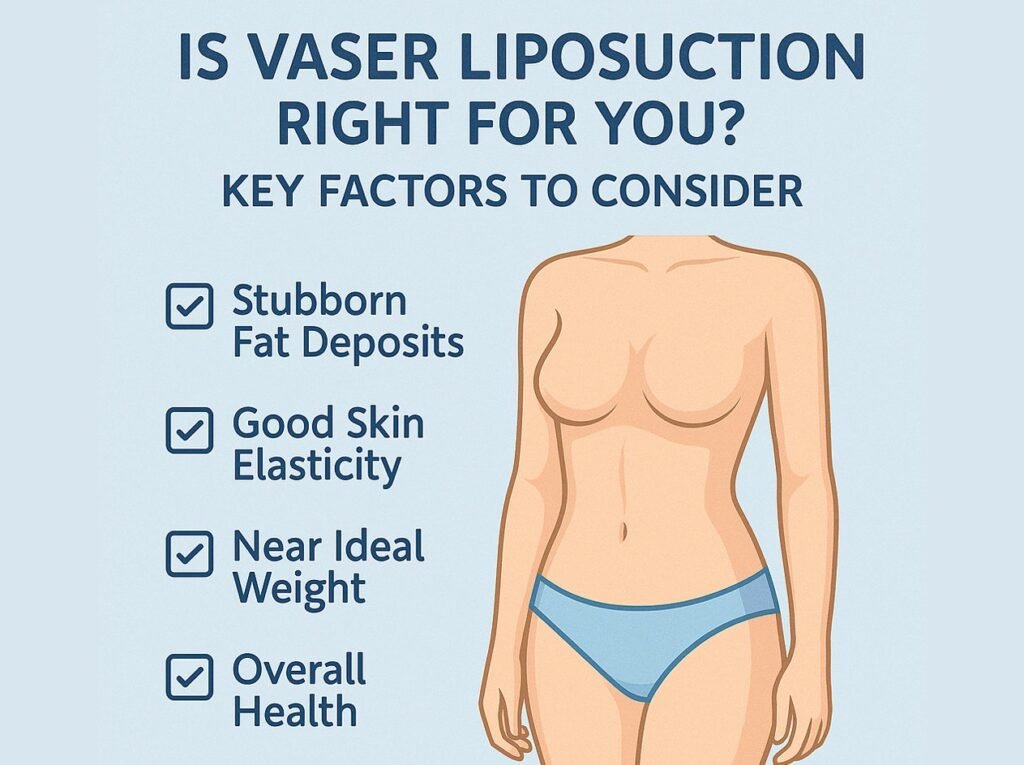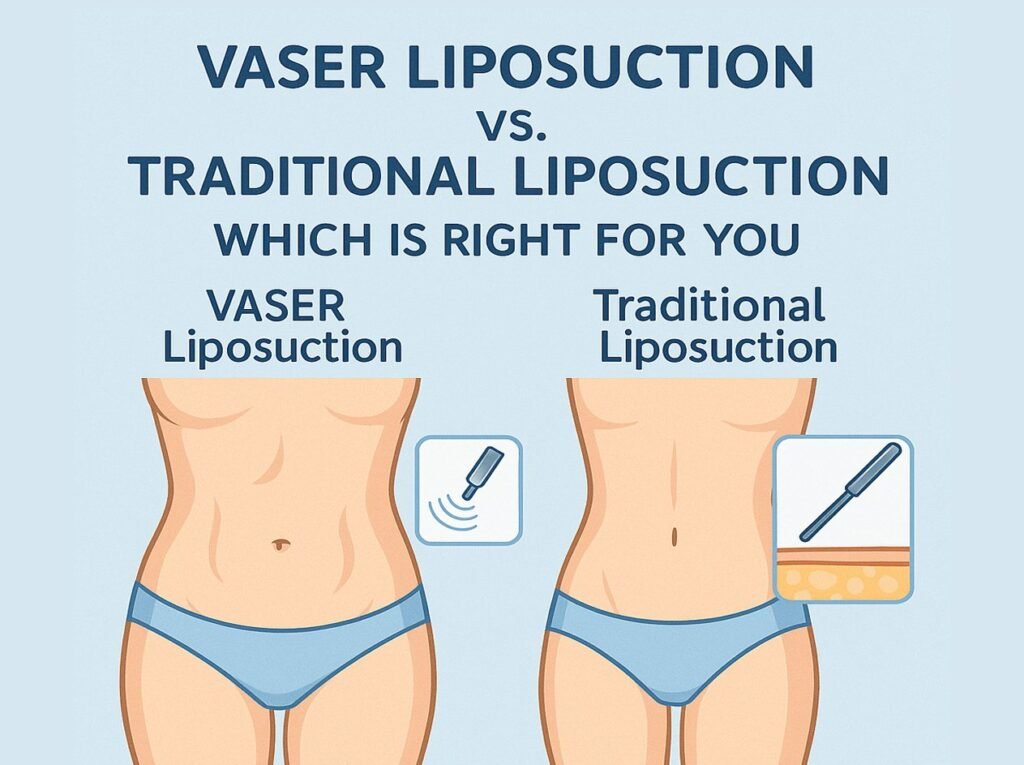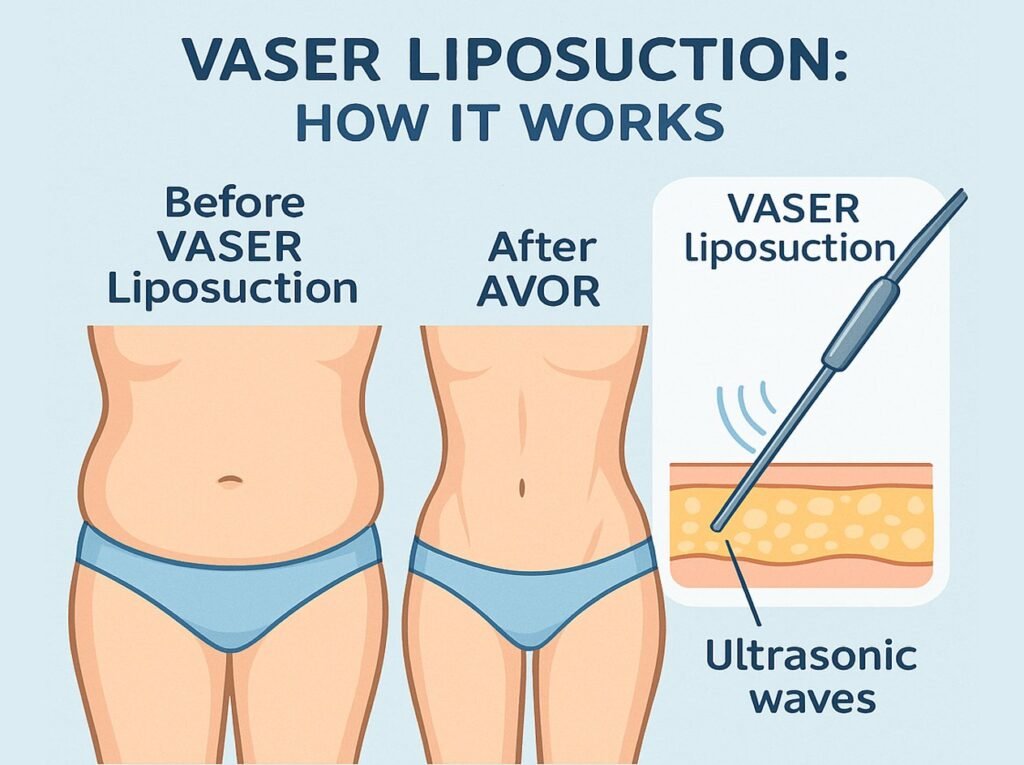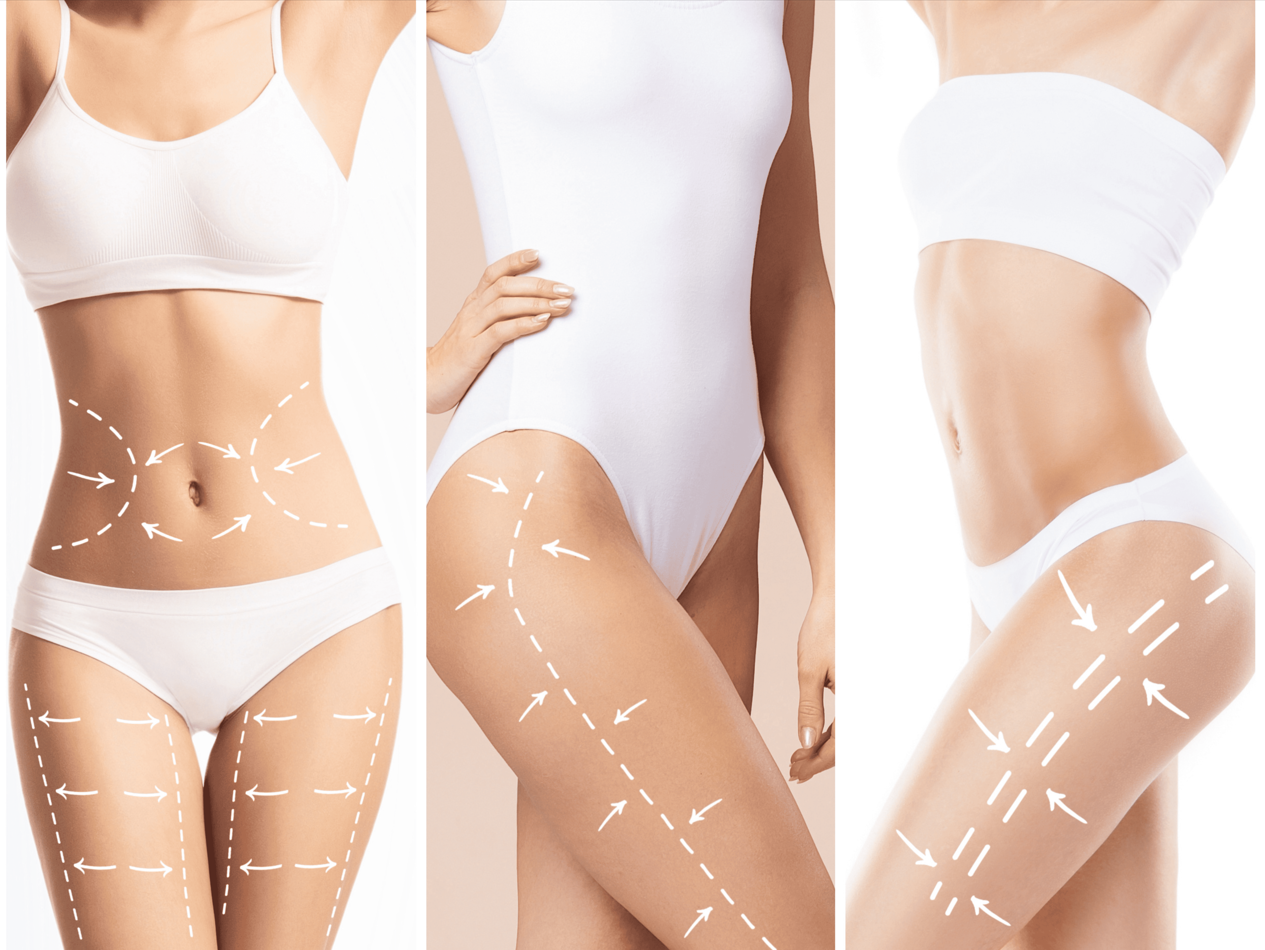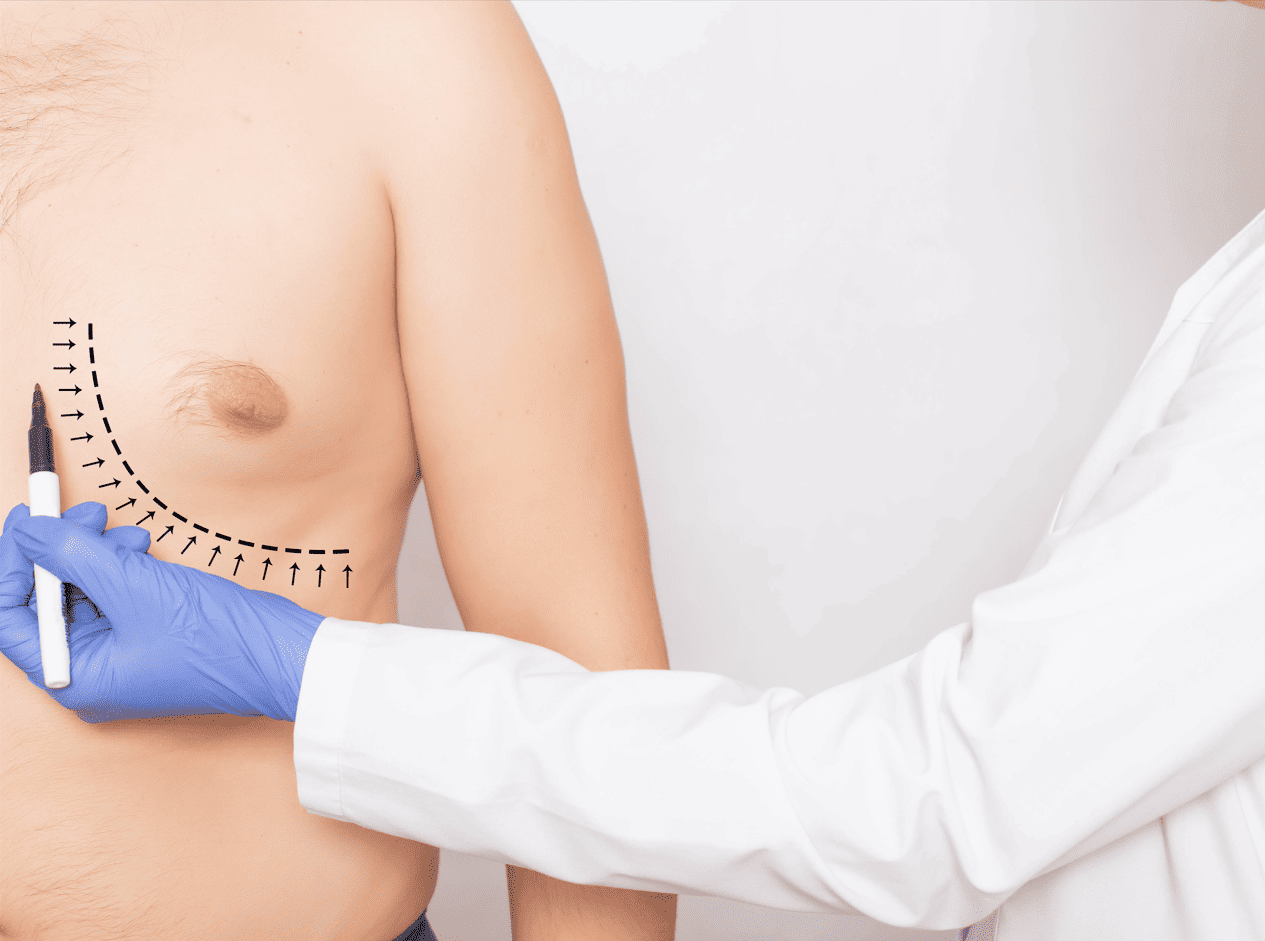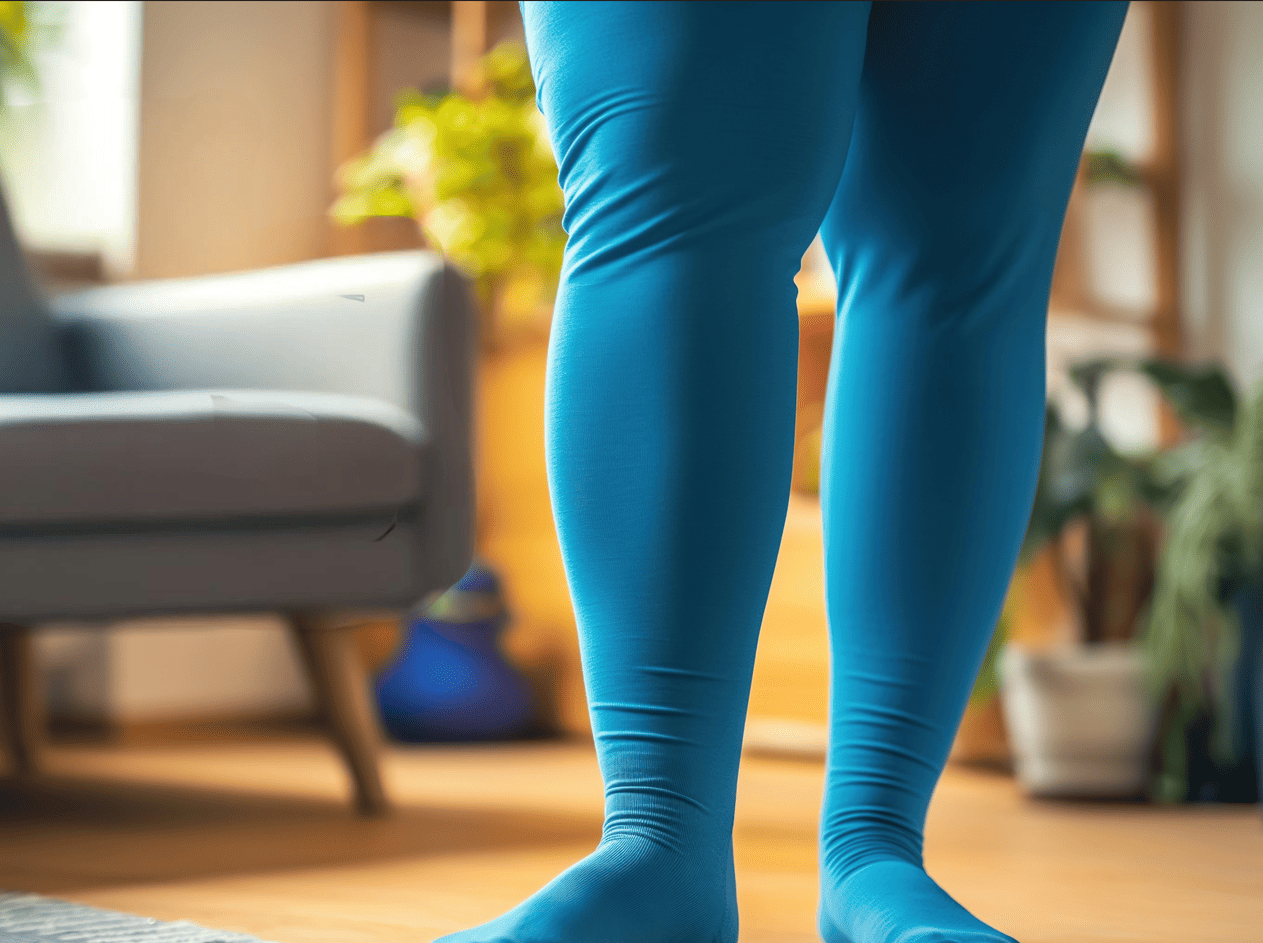Is VASER Liposuction Right for You? Key Factors to Consider
Facebook Twitter Youtube +44 7356 058966 Facebook Twitter Youtube +44 7356 058966 Home Vaser Liposuction Lipoedema Gynecomastia Skin Health Before & After Customer Testimonilas Blog About Us Contact Us X Home Vaser Liposuction Lipoedema Gynecomastia Skin Health Before & After Customer Testimonilas Blog About Us Contact Us X Facebook Twitter Youtube +44 7503 529660 Home Vaser Liposuction Lipoedema Gynecomastia Skin Health Before & After Customer Testimonilas Blog About Us Contact Us X Is VASER Liposuction Right for You? Find Out Now Is VASER Liposuction Right for You? Key Factors to Consider If you have ever looked in the mirror and thought about erasing those stubborn pockets of fat that just wouldn’t go away, then you are not alone. Many people have gone through this, and it is quite normal to seek a little more assistance. This is where VASER liposuction comes in as an advanced, minimally invasive solution that has almost revolutionized body contouring. But before going under the knife, consider carefully whether this high-tech procedure is truly suitable for you. Let’s break it down. VASER Liposuction in a Nutshell First things first—what is VASER liposuction? The answer lies in the name: Vibration Amplification of Sound Energy at Resonance. Sounds quite sophisticated, doesn’t it? But the principle involved is actually rather simple. VASER applies ultrasound technology that gently disrupts the fat cells that are subsequently extracted with some precision. And this procedure is much more compassionate to the body as it spares vital tissues, including nerves and blood vessels. Unlike traditional liposuction, VASER is less invasive and gives a more sculpted, defined result, which is ideal for highlighting muscle tone or refining those little areas that diet and exercise alone can’t seem to solve. Are You a Good Candidate? Before you jump on the VASER hype, consider these important questions. This is not a procedure for quick weight loss; it is a body-contouring tool for those already near their ideal weight but have stubborn fat. You might be a good candidate if: You lead a healthy lifestyle, yet exercise hasn’t eliminated those stubborn fat deposits. Your skin has sufficient elasticity to adjust to the new contours resulting from the procedure. You are not looking for a new identity, but rather to enhance what you already have in the most natural way. You are a non-smoker, as smoking can impair the healing process. If this sounds like you, then VASER liposuction may be worth considering. What’s the Process Like? Let’s discuss what VASER liposuction involves: it’s actually not at all as terrible as you might conceive, rather easy on your skin and body. Let’s understand better. Preparation: The area to be treated is prepared with a special liquid that numbs the area, minimizes bleeding, and makes the fat cells softer. One can say it is preparing the ground for a successful procedure. The Ultrasound Touch: A tiny probe emits ultrasound waves that gently emulsify the fat cells. This allows much more precision than with the traditional methods. Removal: The fat that has been liquefied is sucked out with great precision to ensure that only the unwanted adipose tissue is removed and the surrounding structures are left unscathed. Recovery: Post-op, you’ll become very intimate with compression garments. These help with swelling and ensure your body conforms to its newly contoured shape. Why Do People Love It? Here’s why VASER liposuction has such a devoted following: Precision Results: This is not just about the elimination of fat; it’s contouring. Therefore, you will achieve smooth, natural-looking results that complement the natural curves of your body. Less Downtime: Because the approach is minimally invasive, recovery is quicker and scarring is less. Skin Tightening Benefits: Ultrasound waves stimulate the production of collagen, which leads to a tightening of the skin in the treated area. Versatile: Should you be dealing with slower areas such as the thighs or more delicate areas like under the chin, VASER is customizable according to your requirements. Things to Keep in Mind Of course, no procedure is one-size-fits-all. Here are a few considerations to mull over: Your Medical History: Discussing all underlying health conditions with the surgeon is very important. This openness will ensure safety and success in the procedure. Recovery Time: Compared to traditional liposuction the downtime is shorter, still you just have to take it easy for a couple of weeks. Cost: VASER liposuction is an investment in oneself; therefore, one should consider the financial aspect. This procedure will enhance your contours, but results are maintained with a healthy diet and regular exercise. Are There Any Risks? Like any surgical procedure, there are minor risks involvedsuch as minor bruising, swelling, or changes in skin sensation. However, these are quite rare generally and depend more on the experience and care of the surgeon. The difference lies in choosing the right one. Why Dr. Purbey Stands Out When you enter Dr. Purbey’s clinic, you will find more than an experienced surgeon; you will find a true partner in the pursuit of achieving confidence in your body. With over decade of practice in sophisticated body-contouring techniques, Dr. Purbey seamlessly integrates state-of-the-art technology with an empathetic, patient-centric approach. You can be confident that you will receive great care right from your first consultation through post-procedure follow-up. In summary, VASER liposuction is not just a procedure but a fine celebration of the effort that has been put into getting that body. This cutting-edge approach may finally provide the answer you have been seeking if stubborn fat deposits won’t budge. Remember, though, that consultation is crucial. A discussion with a professional such as Dr. Purbey will help determine whether VASER liposuction is compatible with your objectives and way of life. Why take so long to start on that body you’ve always wanted? Contact Dr. Purbey’s office today, and let us see what best we can do together for your skin and body. Search… More than 2 results are available in the PRO version (This notice is only visible to admin users) Popular Posts Is VASER
